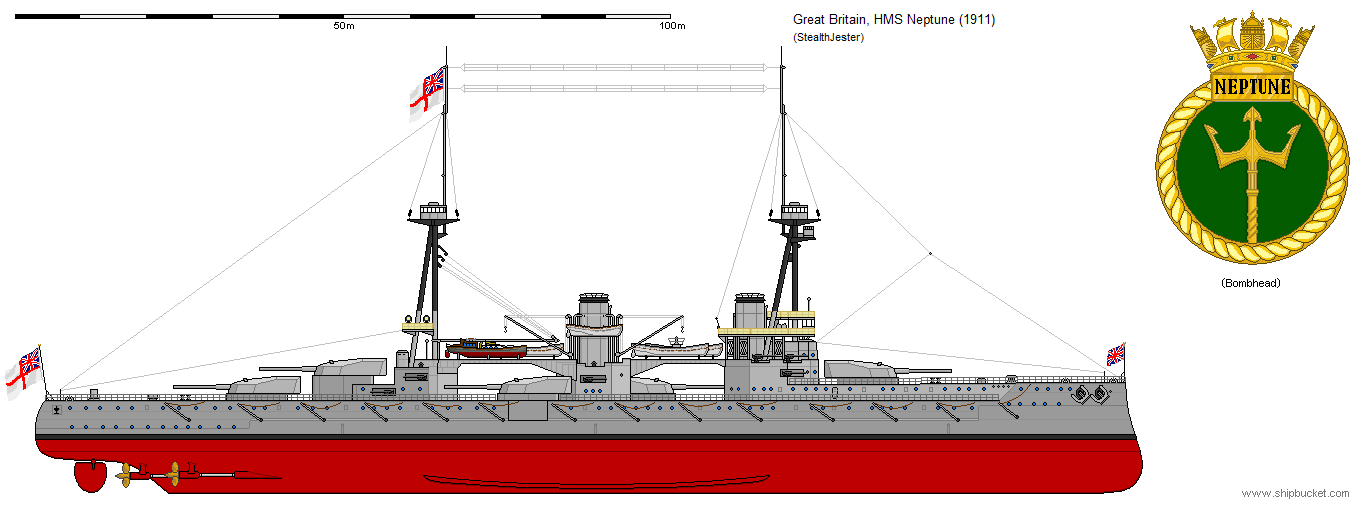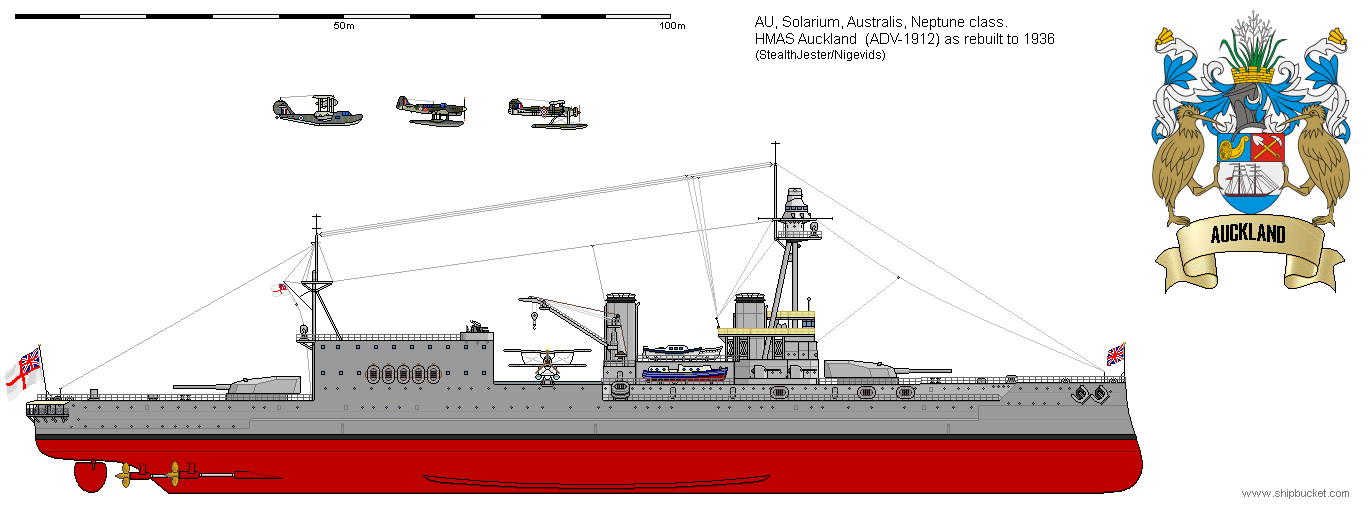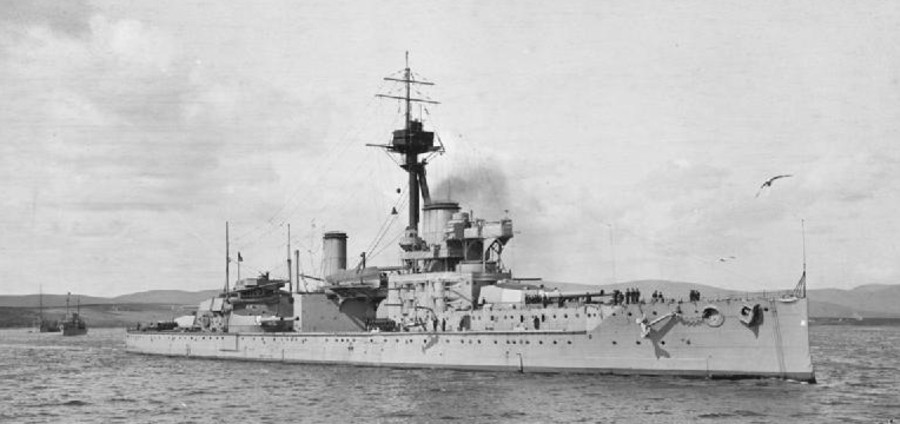
As training ships the RN vessels were given different supperstructure that mimicked the types of vessels seaman and officers would be trained for. These conversions were of the most modern ships being built for the RN at the time. Majestic Class, Cornwall class. The fore and aft 12" were kept with a range of 5.5", 6", 4" and the modern 2pd AA guns. Aircraft handling facilities were added (where possible) to the training ships during the 1930's.

The training ships were often used as heavy escorts to the faster 12-15 knot convoys that normally carried more important material from Nova Scotia to Liverpool. The aircraft carried were of great use on milder days when they could be launched and recovered without putting the ship at risk. In the darkest days of the Atlantic with no aircraft carriers and before the escort carriers were available, two Hurricanes were loaded aboard and were one shot fighters sent after the Condors that tracked the convoys.

The Hercules and Colussus replaced the old armoured cruisers of the County type in the training ship role. These were the ocean going training ships. There normal round trip would take them across the Atlantic into the Caribbean Sea visiting the Commonwealth Islands. Three trips a year plus coastal trips in between gave the cadets a good grounding in sea conditions. Having the ships look like modern ships did pay dividends on occasion. Once when a German cruiser was looking to attack a convoy the Hercules was escorting, the cruiser took the Hercules to be a Majestic class and took off.

While the Neptune had been considered the weakest of the three RN conversions, by 1930 it was the most valuable. While only able to carry up to a dozen aircraft of its own, these aircraft were split into six bomber and six fighter aircraft for self protection. It was as the fleets Training Carrier that the Neptune was so valuable. Most of the pilots that fought in WW2 or commanded aircraft carriers of their own had probably done their landing training aboard HMS Neptune. Neptune was also used for training mechanics to service aircraft at sea. From the basic conversion completed in 1924, further and further additions and new equipment was added. An extra elevator/lift was added, AA guns, a bridge superstructure, HACS to control the 4" AA, 4x2pd AA, arrester wires, upgraded wireless/aerial configuration and many more minor details. The 11" and other side/belt armour was removed and the deck armour was kept.
The whole thought behind the Area Defence Vessels was to be able to park the ship in a lagoon of some island and the ship would provide the defence of the area. The ship would also be able to act as a mothership for the big flying boat squadrons (Catalinas, Sunderlands) while air support around the area could be provided by the ships own half dozen seaplanes. Like the RN's training ships, during the early part of WW2, the ADV's spent a lot of their time at sea as convoy escorts. These two ships were very important in the Indian Ocean when Australis and Zealandia were sending their troopships through to the Western Desert theater. Having aircraft buzzing around the convoy meant there would be no unwelcome surprises from enemy shipping.



